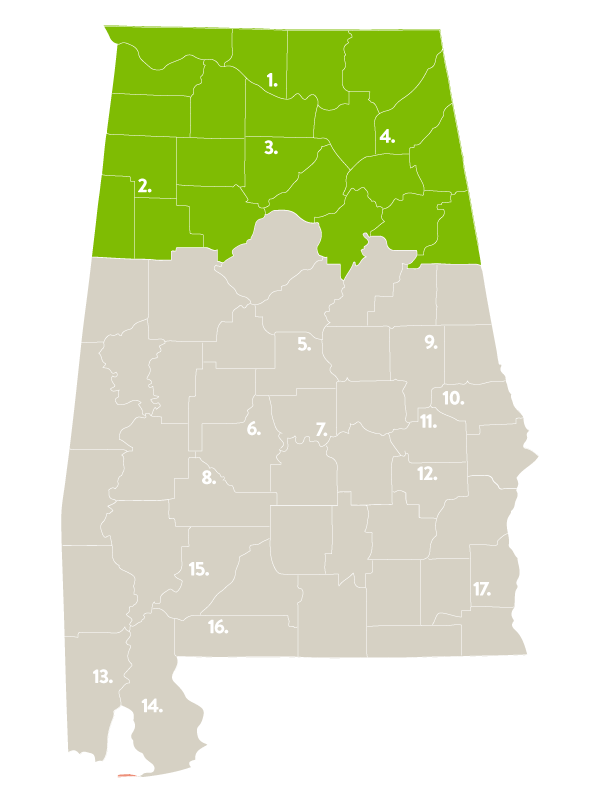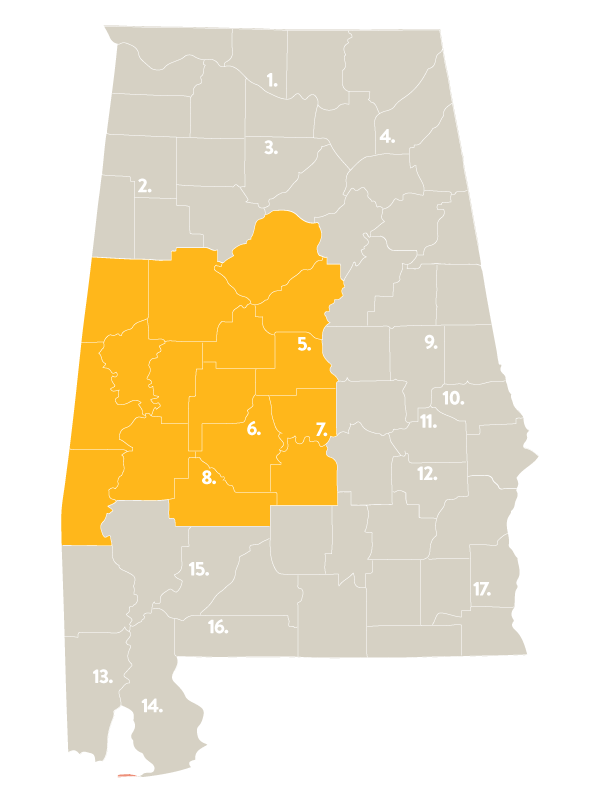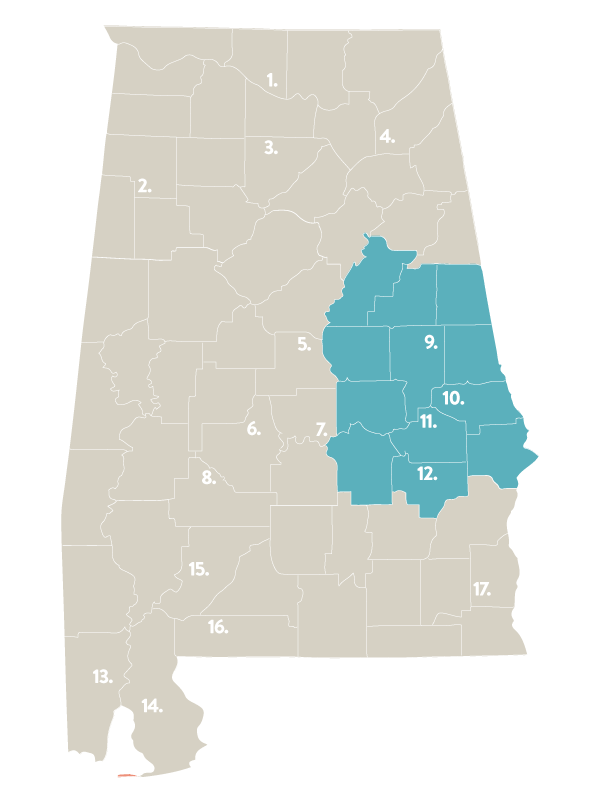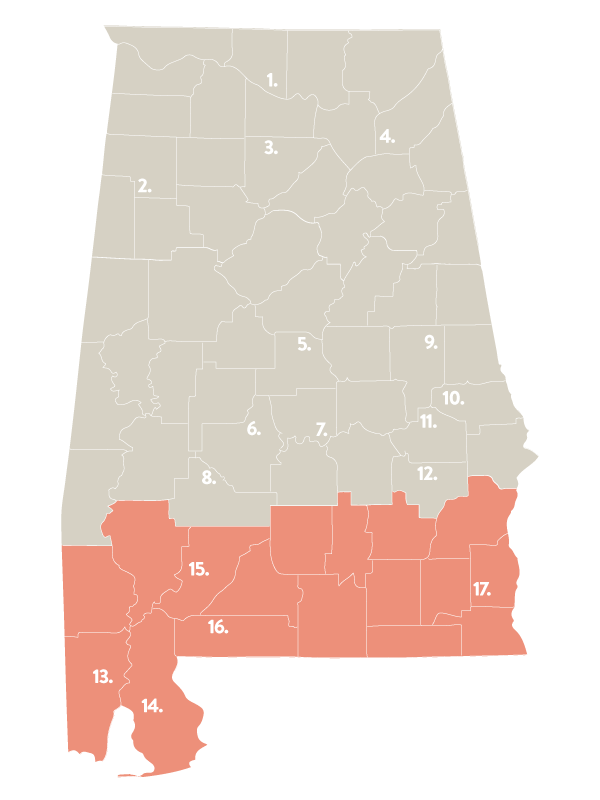Alabama Outlying Units
Much of our research in the Alabama Agricultural Experiment Station (AAES) is conducted at research centers and units located through the state. AAES researchers conduct innovative fundamental and applied (mission-oriented) research that supports the advancement of Alabama’s agriculture and forestry industries, for the purpose of improving quality of life and well-being of citizens and communities of Alabama and beyond.
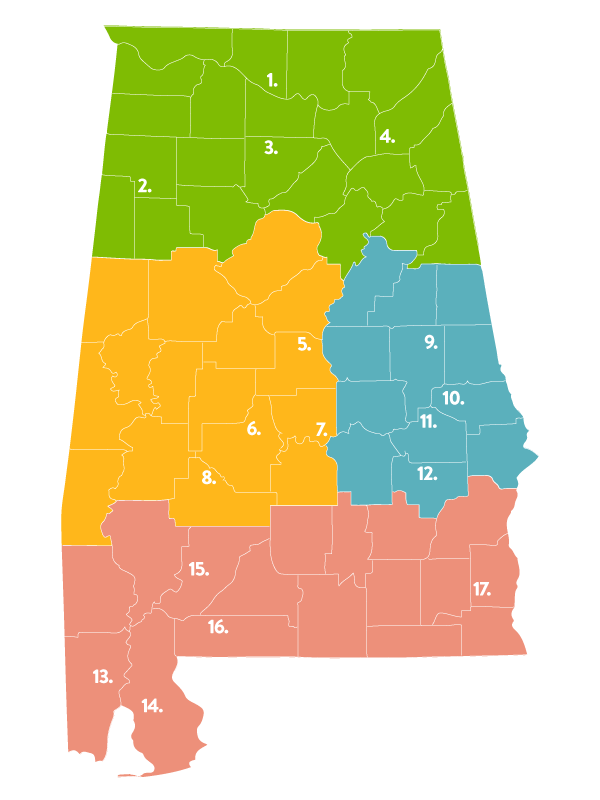
AAES REGIONAL LEADERSHIP
ALABAMA AGRICULTURAL EXPERIMENT STATION RESEARCH OPERATIONS Director
About Greg Pate – Pate grew up in a small farming community near Boaz. Following graduation from Boaz High School in 1986, he attended Snead State Community College before transferring to Auburn University. There he earned a B.S. (‘91) and M.S. (‘96) in Agronomy and Soils. His career in agricultural research began as an agricultural science technician with the USDA-ARS, National Soil Dynamics Laboratory in Auburn. Pate eventually transitioned to the cotton industry in 1998 working as a regional agronomist for Deltapine Seed Company. Later he managed the state of the art cotton gin operation, Milstead Farm Group, Inc., until 2006, when he returned to AU as associate director of the Farm Services Unit at the EV Smith Research Center (EVSRC). Work there focused upon precision agriculture and irrigation technology. In 2008 he was named the Director of the EVSRC, a multi-unit station engaged in row crop, plant breeding, horticulture, beef cattle, and biosystems engineering research. In 2020 Pate was named the Director of Experiment Station Research Operations to oversee research operations for all Alabama Agricultural Experiment Station (AAES) outlying units.
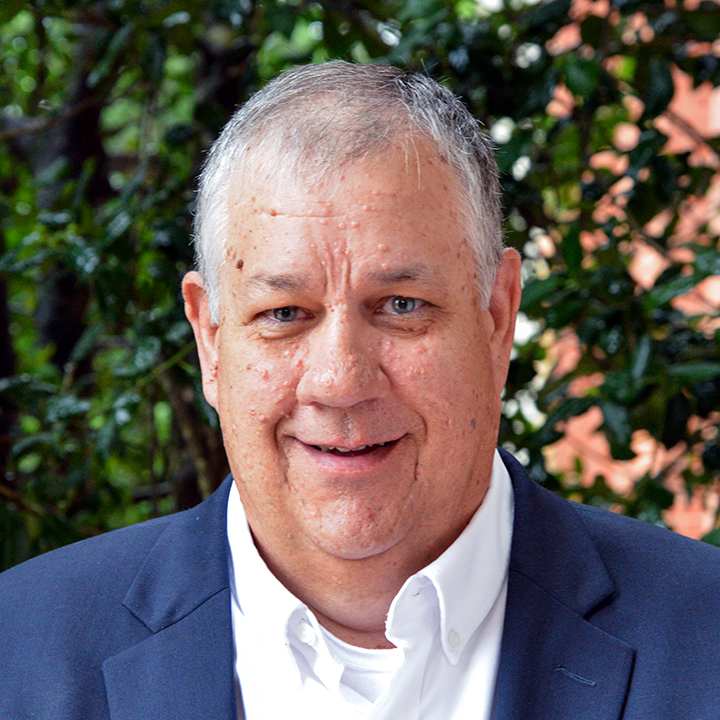
GREG PATE
Director, Experiment Station Research Operations
107 Comer Hall
Auburn University, AL 36849
+1 (334) 844-5487
pategre@auburn.edu
NORTH REGION ALABAMA RESEARCH Director
About David Harkins – Harkins grew up on a small farm in Fayette, Alabama, where he attended high school and junior college. He earned a B.S. in agricultural engineering technology and business from Mississippi State University in 1993, and started his career as an Extension associate with the Alabama Cooperative Extension System. He served as the associate director at the Tennessee Valley Research and Extension Center from 2005-2022.

H. DAVID HARKINS
North - Regional Director, AAES
P.O. Box 159
Belle Mina, AL 35615
+1 (256) 353-3978
harkihd@auburn.edu
WEST-CENTRAL REGION ALABAMA RESEARCH Director
About Jamie Yeager – Yeager is a Dallas County, Alabama, native with a B.S. in animal science and an M.S. in agricultural economics, both from Auburn University. He previously was an Extension economist with the Alabama Cooperative Extension System from 2004-2013, and was director of the Black Belt Research and Extension Center from 2013-2022.

JAMIE YEAGER
West-Central - Regional Director, AAES
60 County Road 944
Marion Junction, AL 36759
+1 (334) 872-7878
yeagejj@auburn.edu
EAST-CENTRAL REGION ALABAMA RESEARCH Director
Jane Farr – Farr grew up in Southern Illinois on a small beef and grain farm. After high school, she attended several junior colleges. She worked with Lyke’s Brothers Meats & Tampa Maid Seafood in quality control/research and development for 15 years. She moved to Alabama in 2000 with the goal of attending Auburn University and working with Bonnie Plant Farm. Farr completed her B.S. in horticulture with a minor in plant pathology in 2004 while working as a plug production grower. She was director of the Plant Science Research Center from 2005-2022, while earning an M.S. in agriculture in plant pathology from 2007-2012.

JANE FARR
East-Central - Regional Director, AAES
Plant Science Research Center
Auburn Univ, AL 36849
+1 (334) 321-8525
hoehaje@auburn.edu
SOUTH REGION ALABAMA RESEARCH Director
About Jarrod Jones – Jones grew up in Bay Minette, Alabama. He attended Auburn University and finished his B.S. in agronomy and soils in 2001. He received his M.S. in plant pathology from Auburn in 2004. Jones worked at the USDA National Soil Dynamics Lab from 2004-2007 as an agronomic research technician. He worked at the Gulf Coast Research and Extension Center from 2007-2022 as an associate director.
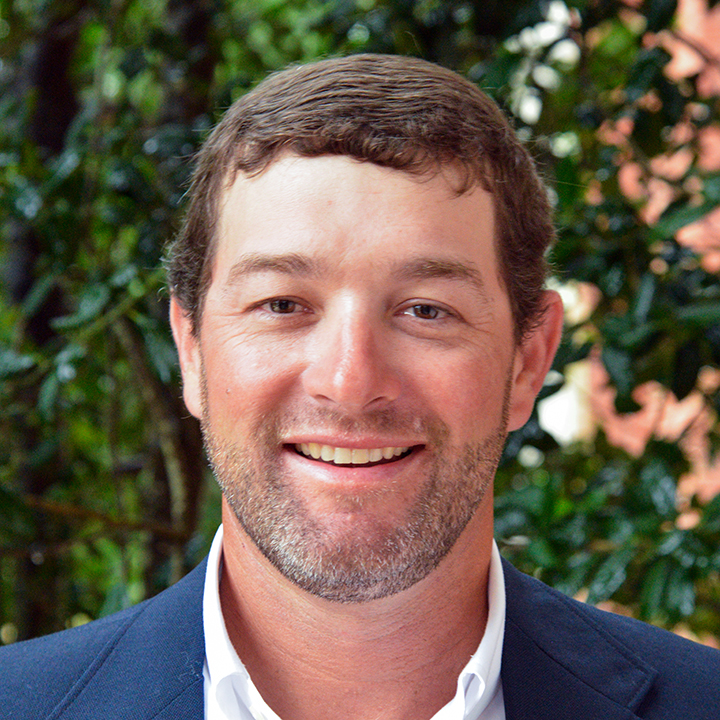
JARROD R. JONES
South - Regional Director, AAES
8300 State Hwy 104
Fairhope, AL 36532
+1 (251) 928-2740
jones39@auburn.edu

